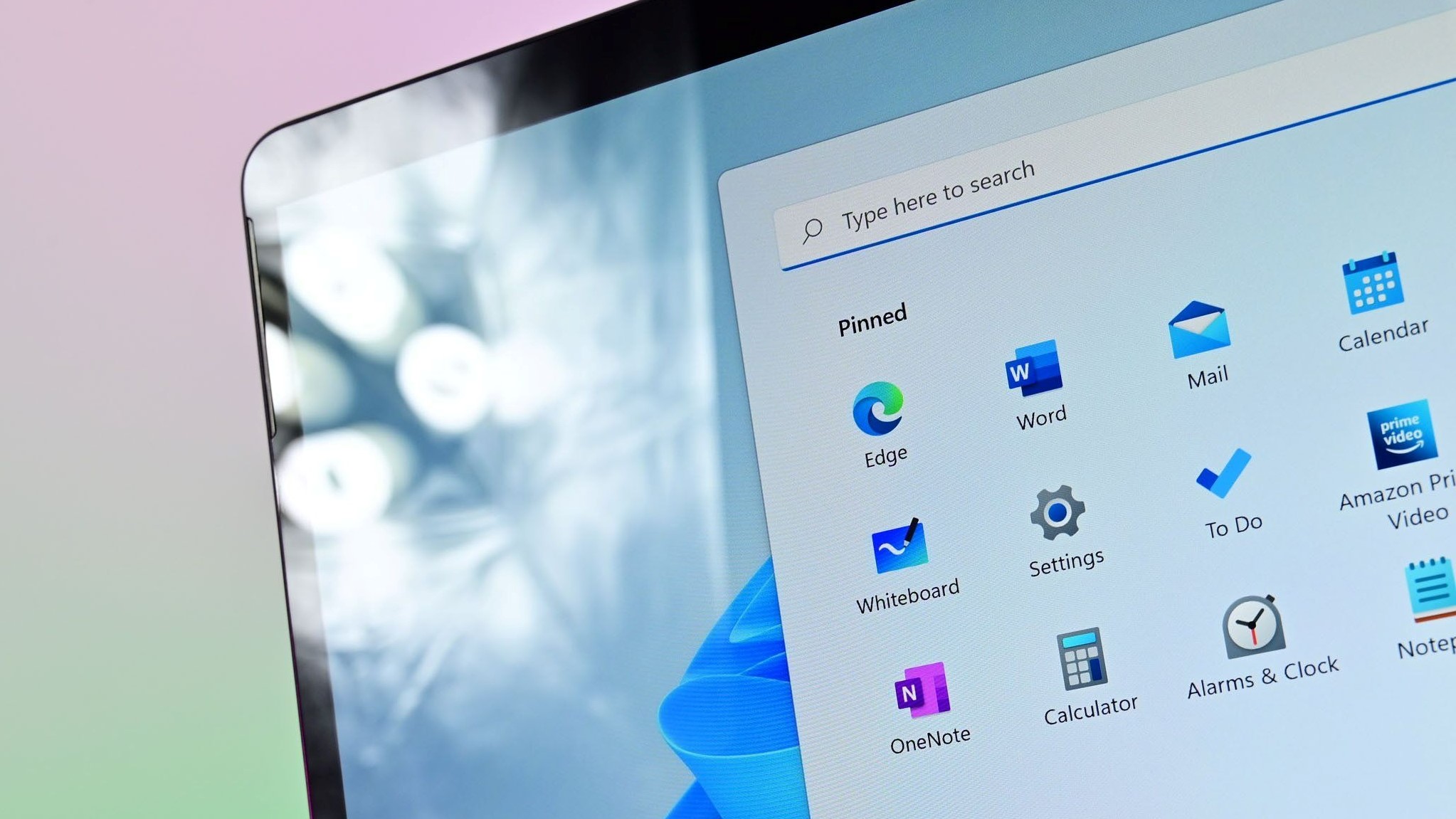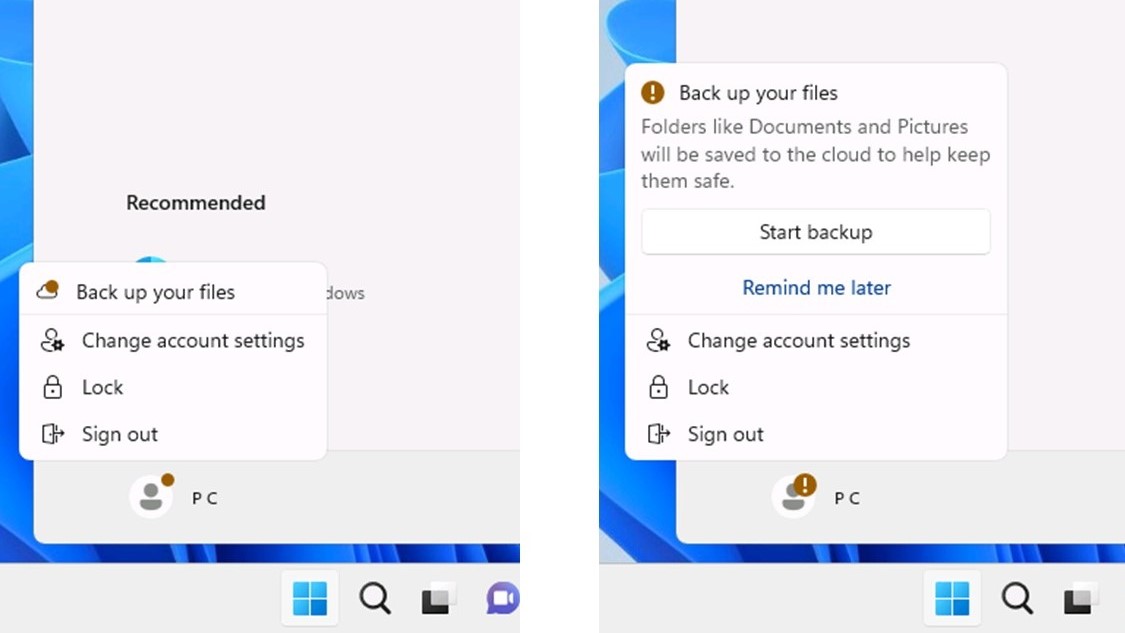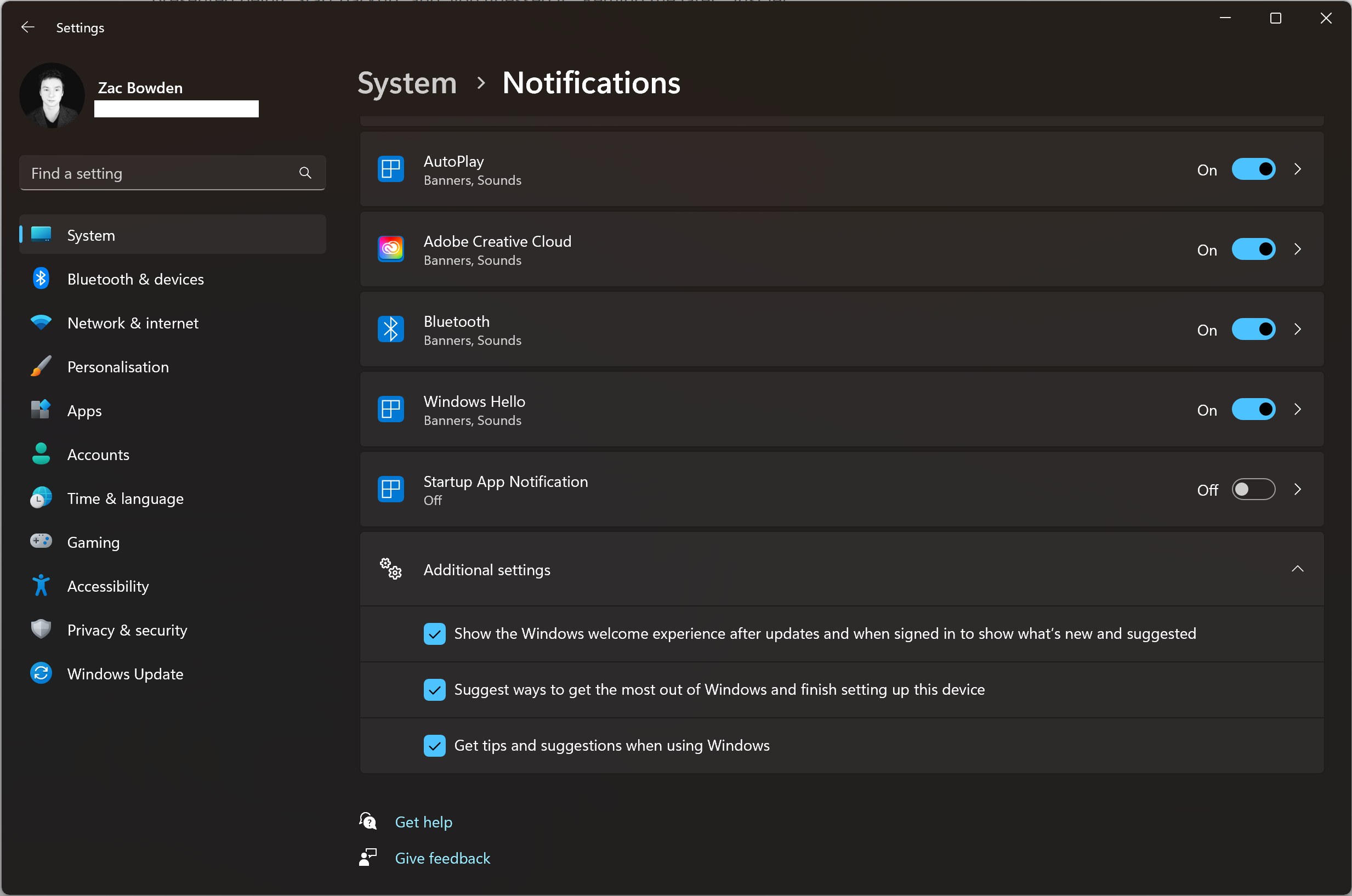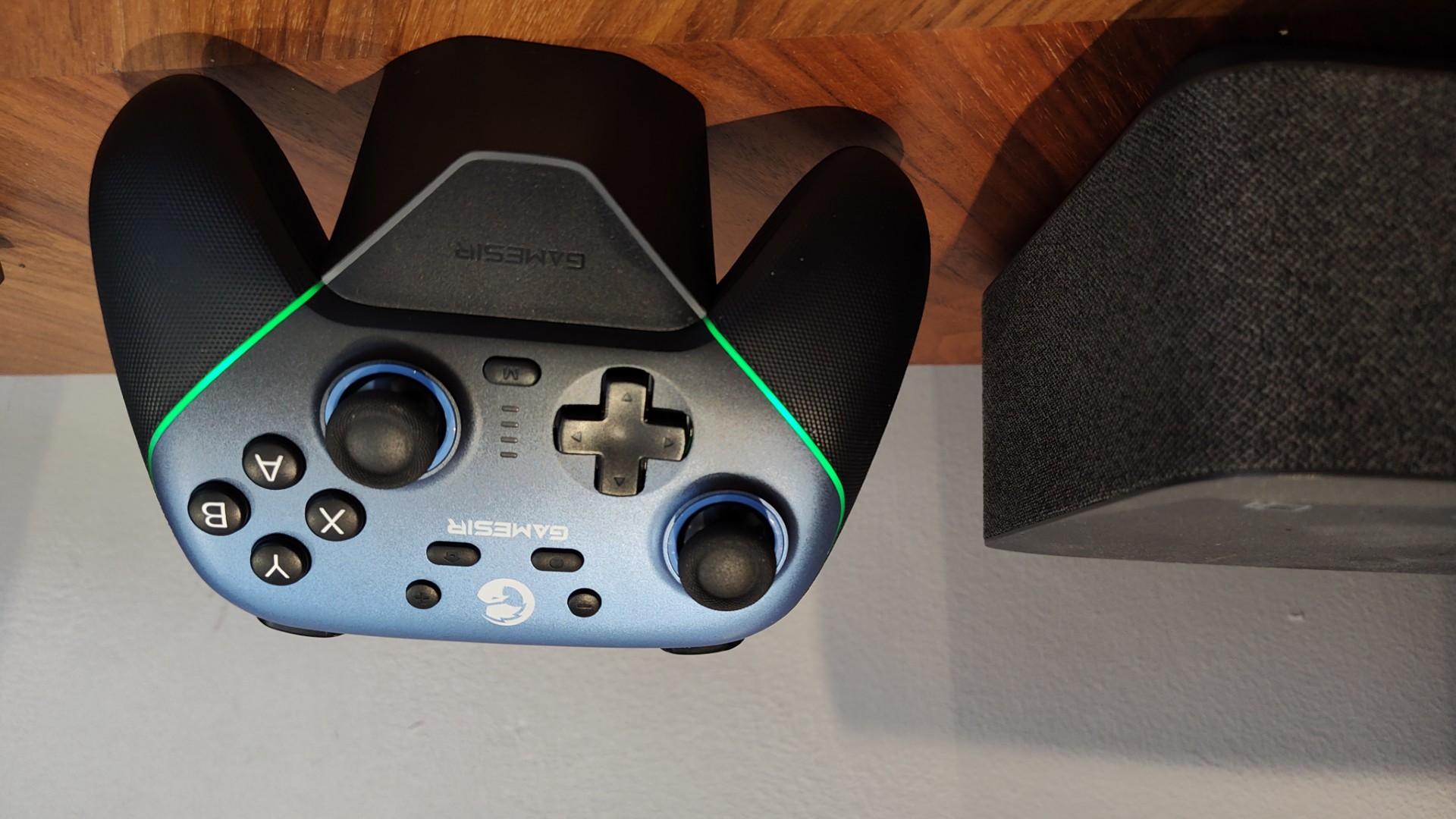Dear Microsoft: I don’t want you to remind me later, just take NO for an answer
Windows 11's "remind me later" prompts are seriously grinding my gears.

You know what’s really been grinding my gears as of late? Random prompts and popups within Windows 11 and Windows 10 asking you to do something, and there being no immediate or obvious way to decline said offer or request. It happens a lot, across different platforms and devices, but for whatever reason, I notice it most on Windows.
Maybe it’s because every THREE days a full-screen, non-closable, blindingly white prompt appears asking me if I’d like to finish setting up my PC with Office 365 or Windows Phone Link (both of which I’m already using) with the only options presented being “Remind me in 3 days” or “Continue” to go through the process of setting up things I don’t want or need to setup.

You’ve all seen this screen at least once before too. Whether you’re on Windows 10 or Windows 11, this screen has consistently appeared in one form or another over the last handful of years, and it’s so incredibly frustrating. What’s worse is this isn’t the only place where Microsoft isn’t allowing users to say no.
Still on Windows 10 and aren’t interested in Windows 11? You’ve almost definitely seen this prompt that asks you to “download and install” Windows 11, or “Stay on Windows 10 for now.” FOR NOW? How about FOR EVER? What if I never want to upgrade this PC to Windows 11? Are you going to continue asking me to upgrade for the rest of eternity? Let me say no.
Just a few days ago, this video popped up on Reddit showing off a full-screen prompt for subscribing to Office, where the “No thanks” button would progress you to filling out your credit card information for a free trial just in case you change your mind. That’s seriously something that was happening for a bit. Some people assume this was a bug, but I think that’s giving Microsoft too much credit.

Microsoft also recently started testing new user alert prompts in the Start menu, which will pop suggestions related to your account. The screenshot they use to demo this? A prompt for setting up OneDrive backups, with the options presented being “Start backup” and, you guessed it, “Remind me later.” Just let me say NO.
The only place where “remind me later” makes sense is with monthly Windows OS updates. You should all be installing those updates, as they bring fixes and security patches that are vital for a device connected to the internet. Avoiding them is a mistake, so this is the only place where I understand using the “remind me later” trope instead of allowing the user to outright decline.
Get the Windows Central Newsletter
All the latest news, reviews, and guides for Windows and Xbox diehards.
But for everything else, it’s unacceptable and annoying. If I wanted to setup those features, I’d have already done so. Heck, in some cases, I already have! And as it turns out, there is a way to turn off (at least some) of these annoying popups.
Hidden deep in Windows Settings are three options that will reduce the amount of popups asking you to do things that you don’t want. In the future, I’d prefer being able to turn these options off straight from the UI that pops up to begin with, but this here is better than nothing. Here’s how to do it:

On Windows 11
- Open Windows Settings
- Navigate to System > Notifications
- Scroll down and select Additional settings
- Uncheck the following:
- Show me the Windows welcome experience after updates and occasionally when I sign in to highlight what's new and suggested
- Suggest ways I can finish setting up my device to get the most out of Windows
- Get tips, tricks, and suggestions as you use Windows
On Windows 10
- Open Windows Settings
- Navigate to System > Notifications & actions
- Uncheck the following:
- Show me the Windows welcome experience after updates and occasionally when I sign in to highlight what's new and suggested
- Suggest ways I can finish setting up my device to get the most out of Windows
- Get tips, tricks, and suggestions as you use Windows
Once you’ve unchecked those options, the full screen prompts asking you to setup Office 365 or Windows Hello will stop bothering you, and you can get on with your work.

